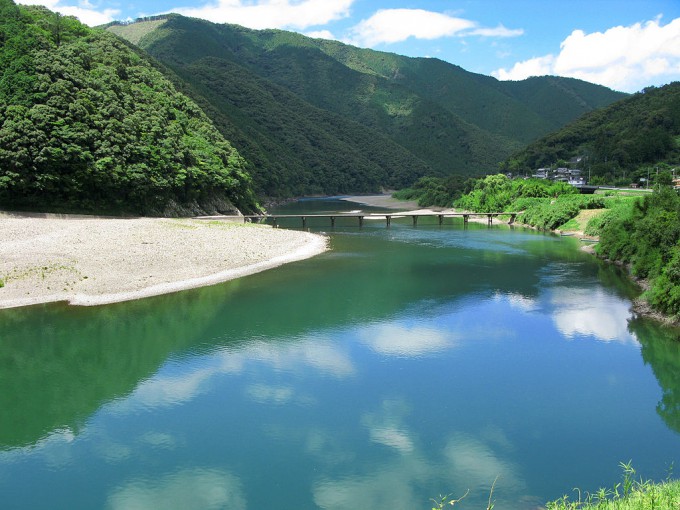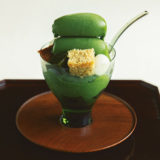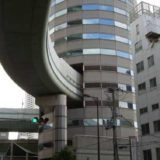Rebun Island
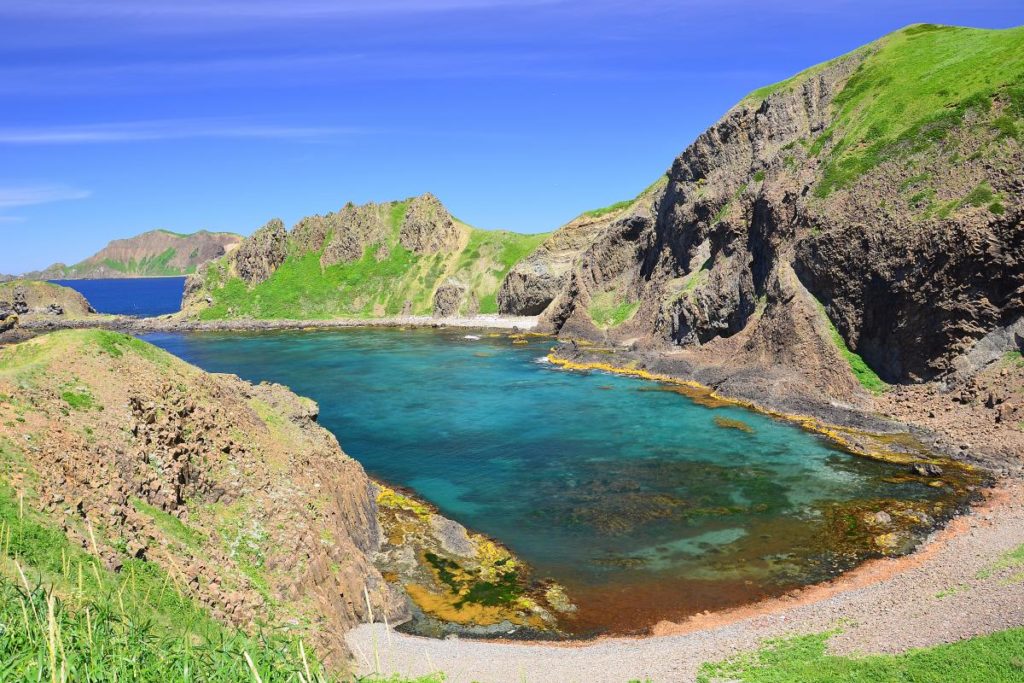
The island at the northern end of Japan is also known as “Flower Island”. This is because the vegetation unique to Rebun Island, where alpine plants bloom from 0 meters above sea level, is seen.
Around June, when the island’s sightseeing season comes, many kinds of plants appear at once.
In summer you can see rare flowers by hiking and trekking.
It is recommended to go from early June to late October when flowers bloom to a certain extent.
Representative flowers include: Rebun kozakura, which blooms from May to June, and at the end of the season, Rebunkin Beisou and Rebun Atsumorisou begin to bloom.
Until around August you can see 300 other colorful plants.
Tono
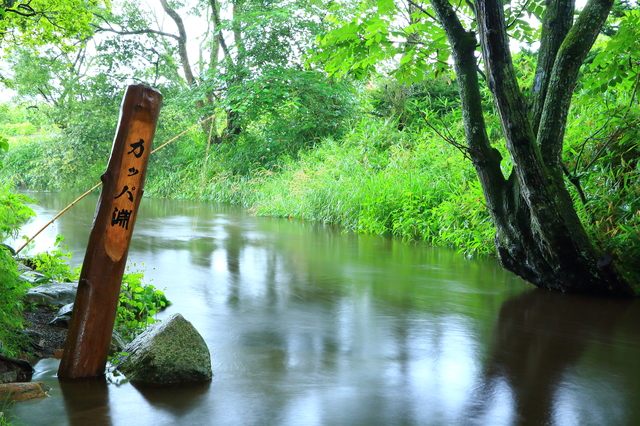
Tono City, located inland in Iwate Prefecture, is a village with beautiful scenery.
It is over 100 years ago that such Tono came to be widely known as “the village of folklore”. The Tono story, written by folklore scholar Kunio Yanagida, was a trigger.
Tono Stories is a compilation of Tono’s narratives from areas and legends where folklore has been handed down in 1910. Occasionally, “Yokai” such as Tengu, Kappa, and Doko Zashiki have appeared, and the contents of the urban legend class, such as a secretive experience and a near-death experience, are recorded in the Tono story. Even now there are places where you can listen to folklore, and places where you can enjoy Kappa fishing.
The stage of the Kappa legend, which is told a lot in Tono Story, is Kappa Pass. It is called “Kappa Pass” because it is a stream flowing near Joken temple.
It is said that many Kappas lived in the Kappa cape where crystal clear water flows, and that it has threatened people and played mischief.
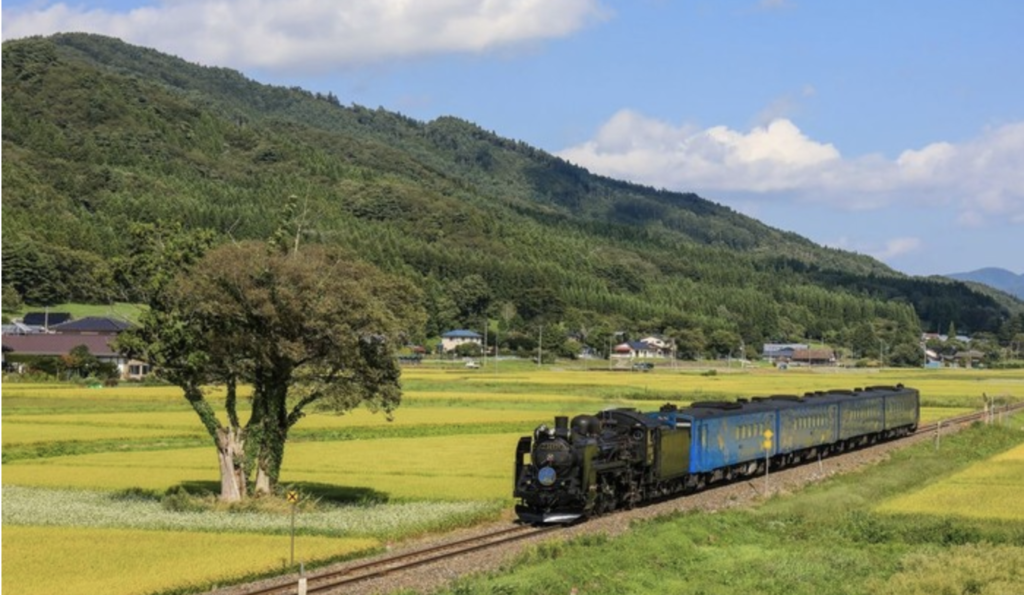
You can feel the nostalgic feeling involuntarily in the long scenery and SL that runs through from time to time.
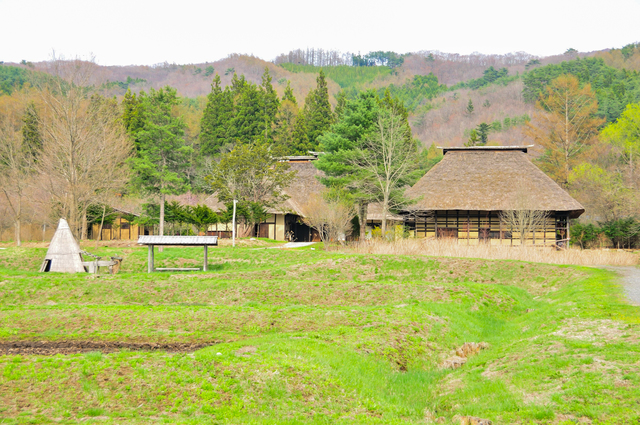
It is also known that, as can be seen in the unique houses, the living relationship between people and animals has long been continued, and that the indigenous people of Japan continued to have their own culture as mountain people.
Okui Vally
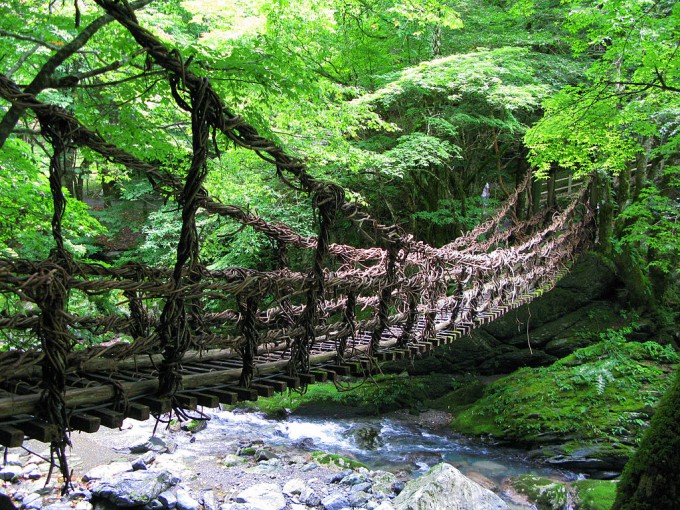
It is said that Mr. Hira who lost in the battle of Yajima lived in hiding. He made the bridge to be cut off at any time to escape Genji’s chase.
The Bridge is heavily reinforced with wires because there are many tourists. However, the bridge is extremely thrilling because it has only minimal reinforcement.
From the bottom, intense mountain stream splashed, and the bridge shook with a little movement. It is also attractive in that it remains as it was at that time as much as possible.
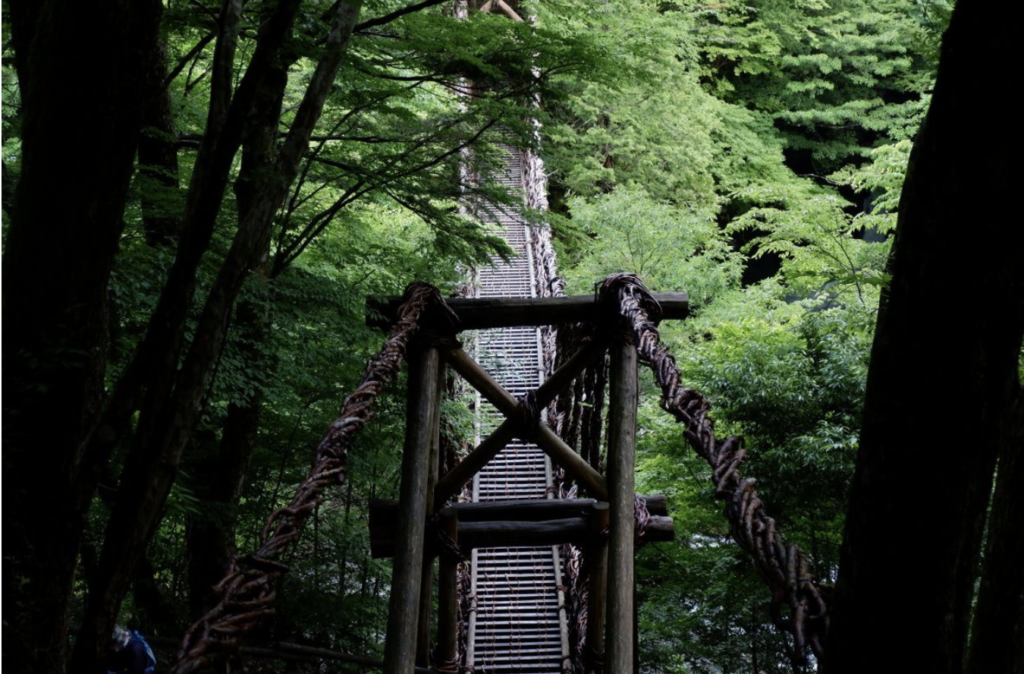
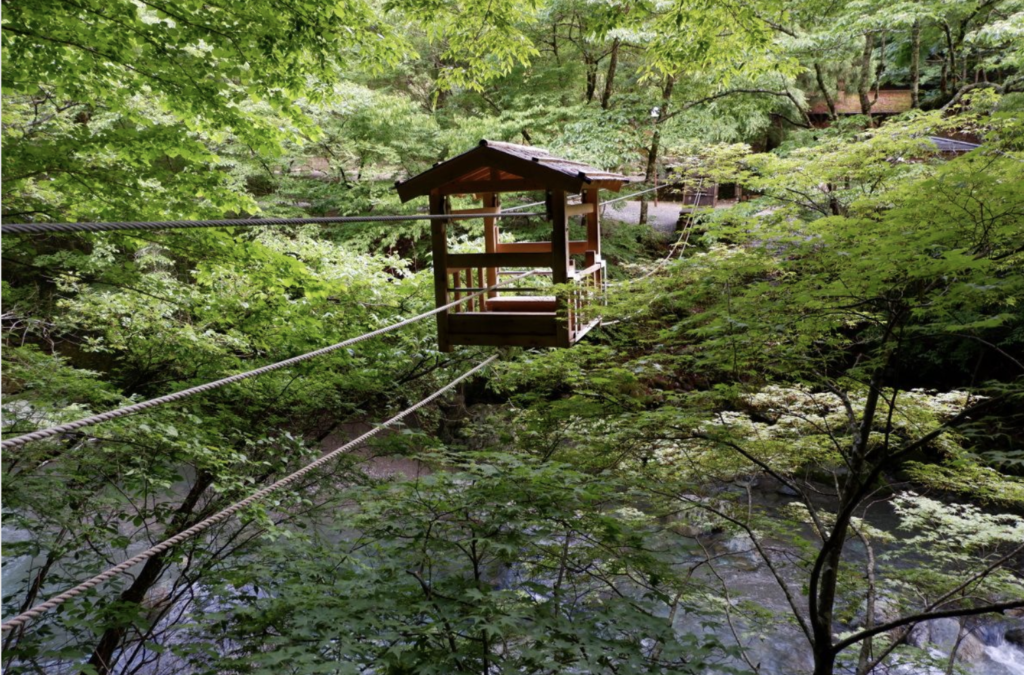
There is another interesting thing.
It is a “wild monkey” that should be called a human ropeway.
This was also installed for the purpose of crossing the river, and ropes were passed to both sides of the river.
A person gets on this boat and pulls the rope by hand to cross to the other side. It used to be the foot of the people which is actually used. You can still ride this “wild monkey”, but there is more thrill than a bridge.
Shimanto River
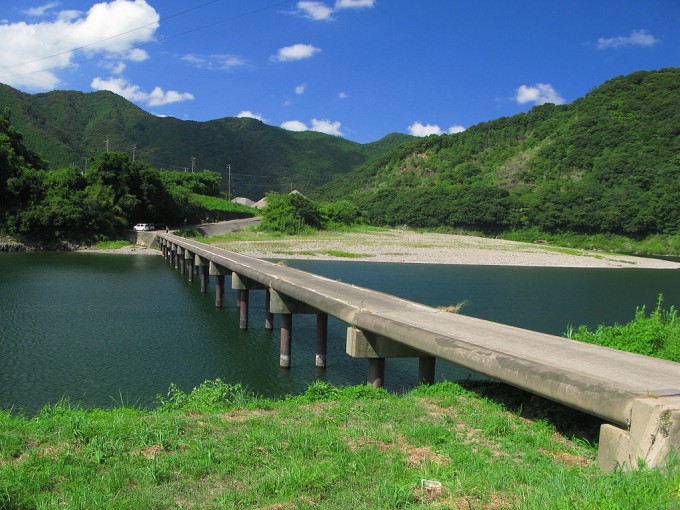
The Shimanto River, called the last clear stream, flows in the middle west of Kochi Prefecture and flows into the Pacific Ocean.
There is no large dam, so the ecosystem is protected and there are many people making a living by river fishing.
In addition, it is also famous that there are many sunken bridges that are hidden under the water if the amount of water increases so that the bridge will not be washed away even in heavy rain.
